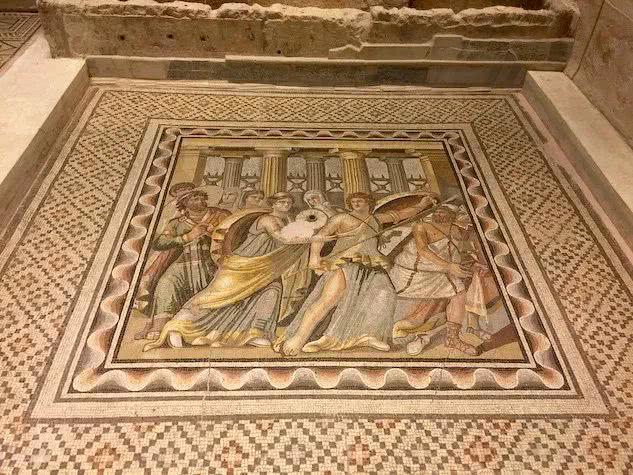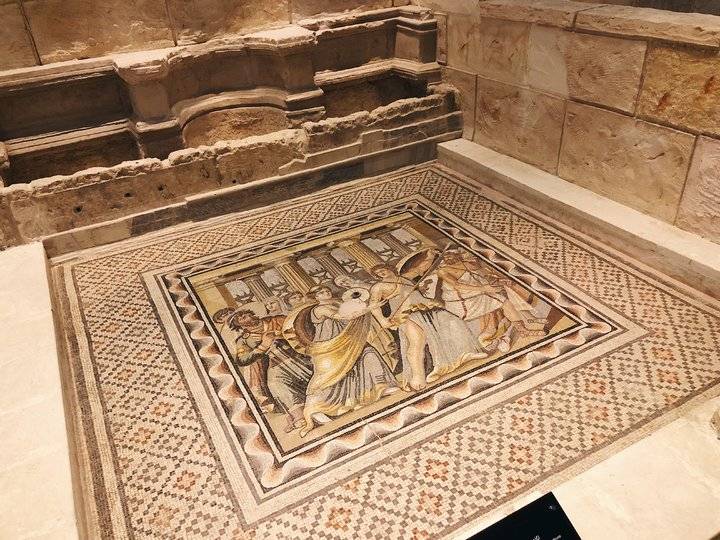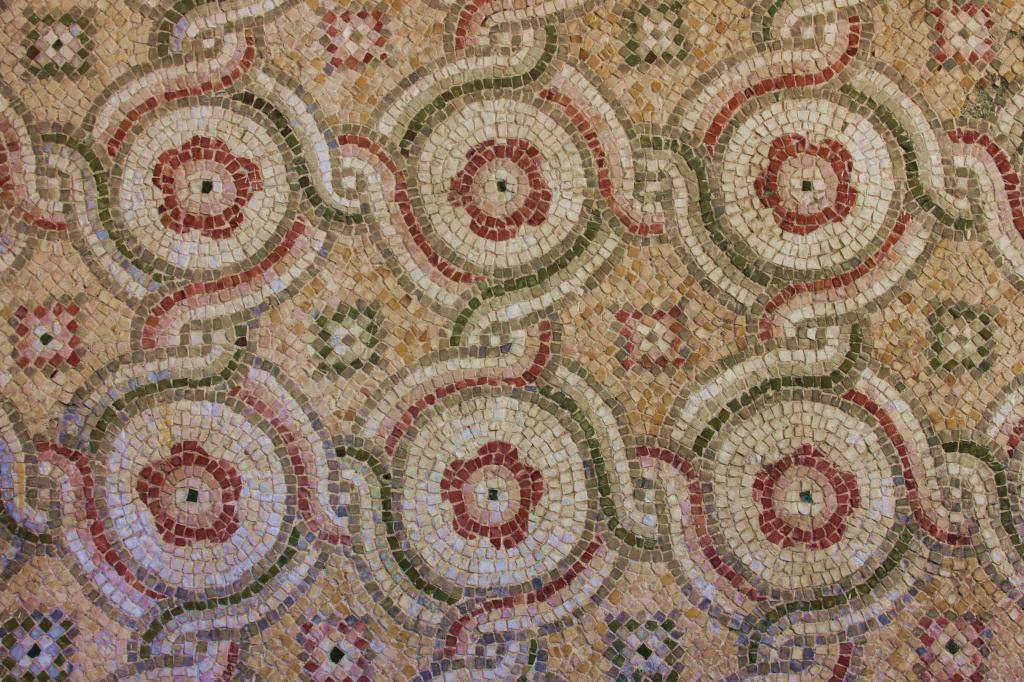Zeugma Mosaic Museum
Zeugma is most famous for its Roman villas and floor mosaics. The Birecik Dam project brought Zeugma, which was underwater, back to the surface, drawing the world's attention. Large-scale rescue excavations in 2000 brought most of the Roman villas to light. A small number of mosaics were discovered in multiple excavations that began in 1987. The Zeugma Mosaic Museum is the second largest mosaic museum in the world, showcasing 500 meters of mosaics, 35 mosaic panels, and 150 cm long bronze statues of Ares and Aphrodite.
Chora Museum
After the conquest of Istanbul, this building was used as a church. In 1511, it was converted into a mosque by Visier Grand Ali Hadim, who also built a school and a relief kitchen next to the school. After the conversion, the mosaics and frescoes were covered, some with wooden shutters and others with whitewash. Between 1948 and 1958, the American Byzantine Institute undertook the project to reveal all the covered mosaics and frescoes.
Great Palace Mosaic Museum
The Great Palace has a courtyard with an area of approximately 1872 square meters. This courtyard is decorated with a variety of mosaic inlays. In the 1950s, archaeologists from Ankara University and the University of St Andrews in Scotland conducted excavations behind the Blue Mosque and discovered a mosaic-paved walkway from the early Byzantine Empire (around 500 AD). This beautiful path is displayed in the Great Palace Mosaic Museum, along with informational panels that record the history of the walkway's rescue and restoration.
Mosaic Museum
The Haleplibahçe mosaics were discovered by chance during a city construction project, and subsequently, the Şanlıurfa Museum conducted archaeological excavations on them. The Haleplibahçe mosaics are considered the finest mosaics discovered in the Eastern world. These mosaics are made from very small inlays or colored pebbles that have been meticulously processed, vividly depicting the true appearances of four Amazonian warrior queens from Greek mythology. Most ancient mosaics depict war scenes, but the Haleplibahçe mosaics depict hunting scenes, which is another significant feature that sets them apart from other mosaics.











